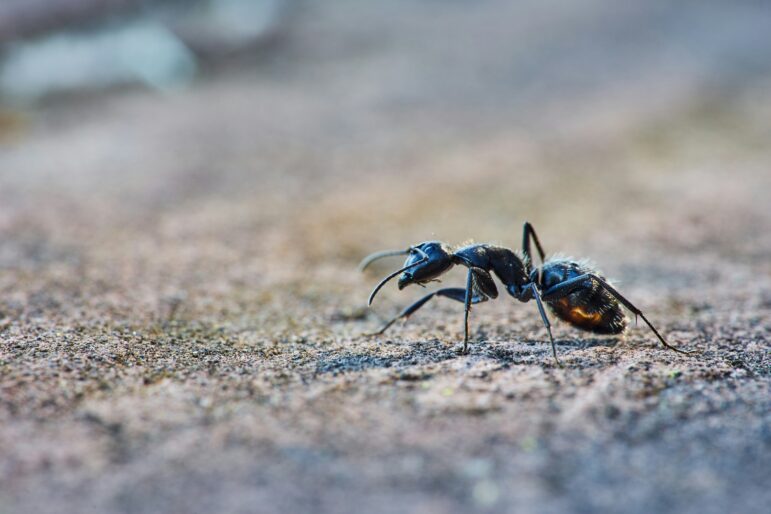Maintenance managers know that dealing with pests can make your job harder, and keeping your facility ant-free can be a challenge. Not only are they pests, but they can affect the impression your business leaves on employees and guests. As the weather gets warmer, the risk of ants entering your building increases. From early detection to prevention, this article will cover everything you need to know to keep ants out of your facility.
Spotting ants and their nest
If you see ants in your building, follow the trail. These trails are both a highway for food transport and a signpost pointing straight to potential nesting sites within your space. Not sure what to look for? A nest looks like tiny mounds or piles around areas with ample moisture. Taking note of these early signs—the parade-like trails and elusive nests – is crucial for timely intervention.
Natural ant deterrents and remedies
When it comes to keeping your property free of ants, avoiding harsh chemicals is often a priority. In this case, citrus can save the day. The scent of lemon juice not only messes with their sense of tracking but also destroys the pheromone trails they leave behind. It’s as simple as mixing some fresh lemon juice with water and giving high-traffic areas a good spritz. Don’t stop there; orange peels soaked in warm water create a citrusy concoction after steeping overnight, which you can use to mop floors and wipe down surfaces where these six-legged trespassers love to roam.
Essential oils can also help address this issue as well. A few drops of peppermint oil on cotton balls placed at potential entry points give your facility minty freshness while telling ants to “keep out.” Tea tree oil and cinnamon oil can also help deter these little pests and their visits.
You may have heard the old-school trick of drawing chalk lines to keep ants at bay. Believe it or not, this method has its merits. The powdery texture of chalk disrupts ant pheromones (the chemical trail they leave behind for their friends to follow) which confuses them and stops them from crossing the line into your space. Creating these barriers around entry points like windowsills and doorways can be an effective first line of defence.
If these methods do not take care of your pest problem, it may be time to call in the professionals to help destroy the nests and deter future infestations.
Preventive measures
Being proactive can help you avoid ants altogether, with the right approach. Sealing entry points is the first step, so caulk and weather stripping will come in handy to eliminate their potential access. Look around windowsills, door frames, and baseboards – these spots commonly provide an opening for ants to enter.
Keep your kitchen in mind too. Ensure that staff are using sealed containers, cleaning dining areas, and wiping down countertops to avoid attracting ants to the area.
In addition to routine cleanups, consider incorporating weekly deep cleans where appliances get pulled from walls (ants love those hidden nooks) and spills get mopped up. This might sound like overkill, but prevention could mean avoiding a pest problem altogether.
Remember, early detection is your best friend here – notice those ants and their trails before they take up residence. Prevention is the key to keeping ants at bay and staying in a pest-free facility.
Troy Teeples is an expert in pest control services, offering valuable insights and solutions for maintaining pest-free environments. As the visionary behind Beeline Pest Control, Troy dedicates his writing to educating homeowners and businesses on effective pest management strategies, the importance of preventative measures, and the latest trends in pest control technology.









